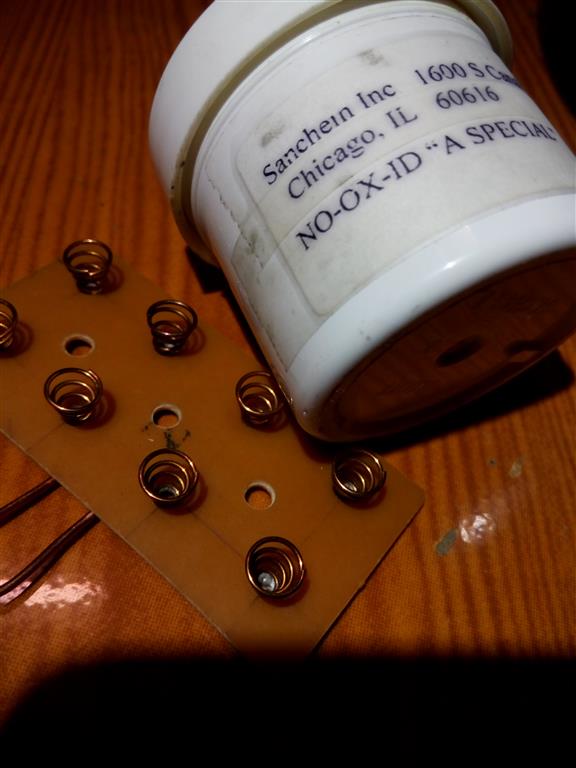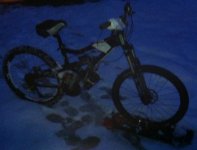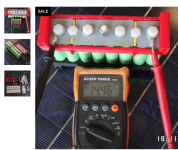- - This is EXPERIMENTAL - - -
Please DO NOT attempt this solderless build method unless you are an Electrical tape PRO
One of my 5S - 8Ah Nanotech packs was down to 2Ah usable, barely enough to get to work and back home..
I needed to build a pack with SONY NC1 cells I`ve had sitting in a box for the past 2 years...
Many ideas for solderless packs around.. most require purchasing plastic pieces or 3D printing
the lack of funds have prevented me from spending a couple hundred dollars on a spot welder and hardware... or a 100Watt soldering gun.. so I set-out to construct the lowest cost battery pack with readily available materials..
total cost to build = $0
.high strand tinned wire
.electrical tape
.wood stir sticks
.polycarbonate
.stretchy rope
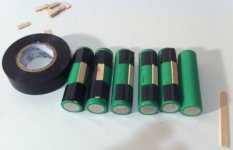

View attachment 8


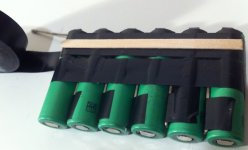
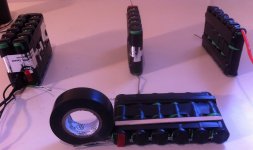
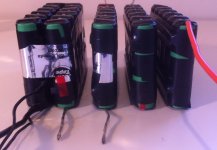
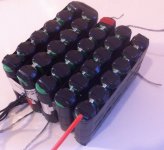


Fairly straight forward... The next rebuild I might try to use maximum strength - high temp duct tape to secure the cells.
Any questions ??
Please DO NOT attempt this solderless build method unless you are an Electrical tape PRO
One of my 5S - 8Ah Nanotech packs was down to 2Ah usable, barely enough to get to work and back home..
I needed to build a pack with SONY NC1 cells I`ve had sitting in a box for the past 2 years...
Many ideas for solderless packs around.. most require purchasing plastic pieces or 3D printing
the lack of funds have prevented me from spending a couple hundred dollars on a spot welder and hardware... or a 100Watt soldering gun.. so I set-out to construct the lowest cost battery pack with readily available materials..
total cost to build = $0
.high strand tinned wire
.electrical tape
.wood stir sticks
.polycarbonate
.stretchy rope


View attachment 8








Fairly straight forward... The next rebuild I might try to use maximum strength - high temp duct tape to secure the cells.
Any questions ??


